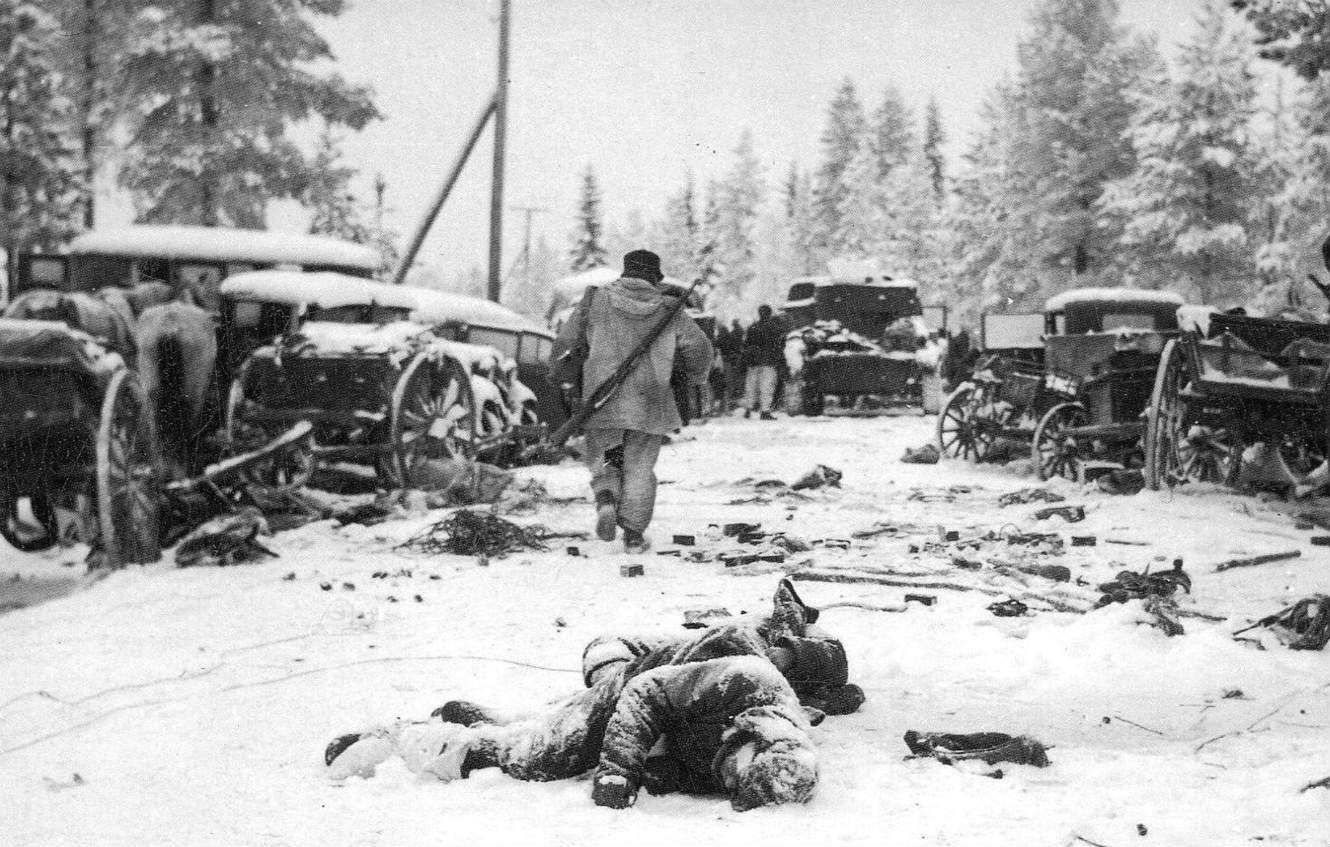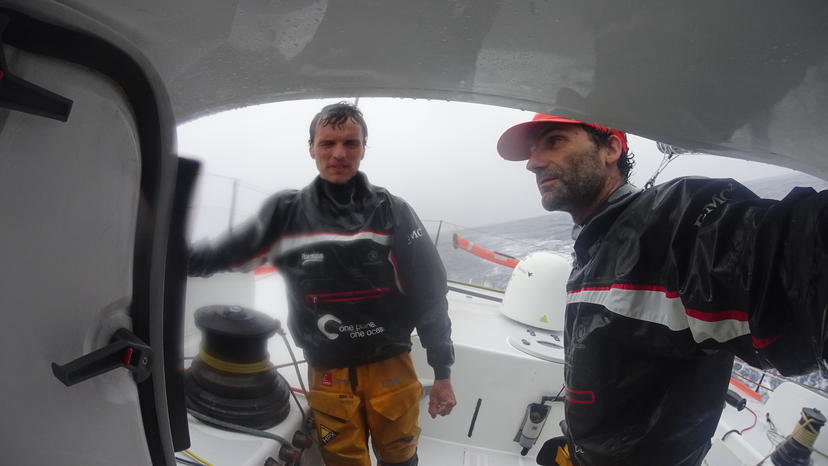
- Select a language for the TTS:
- UK English Female
- UK English Male
- US English Female
- US English Male
- Australian Female
- Australian Male
- Language selected: (auto detect) - EN
Play all audios:
In a recent article (_Lessons from the Winter War: Frozen Grit and Finland’s Fabian Defense_) Iskander Rehman gives a stirring tale of the Winter War pitting the Soviets against the Finns,
but there is one big problem with it: It isn’t, as he argues, an example of a Fabian strategy. Rehman provides a link to an article by Jim Holmes that clearly explains the idea. In sum, a
Fabian strategy is designed to avoid risk and direct fighting, in order to draw out the conflict as much as possible in order to wear down and defeat the opponent through a combination of
time, attrition, and a lack of decisive results. Ultimately, the Fabian strategy paid off for Rome. The problem is the Winter War does not fit that description, Finnish strategy does not
match it and a Fabian strategy would not have suited Finland’s desire to retain its territorial integrity. The Finns simply did not use a Fabian strategy. They fought the Soviets to a
standstill, head on. They didn’t minimize risk or avoid fighting. In many ways they did the opposite. That is one of the most remarkable things about the conflict. A small, poorly
equipped armed force, lacking much in the way of modern equipment, took on an enormous enemy force and stopped it dead in its tracks for the best parts of three months. Where they could,
they counterattacked, including in the Karelian Isthmus on 23 December, in a full on frontal assault. That’s hardly Fabian. Where the author also gets it wrong is to assume the fighting in
east Finland, which he focuses on, particularly east of Lake Ladoga near Kollaa and at Suomussalmi and on the Raatentie, was also part of a larger and deliberate Fabian strategy and was
typical of the broader war. It was not. Marshal Gustaf Mannerheim was very clear in his instructions to his subordinates, and was informed in this by his experience in World War I. He
ordered that they were to hold ground, as Screen’s excellent biography of Mannerheim makes clear. Indeed, they were to vigorously counter-attack as the commander, Major-General Juho
Heiskanen, of IV Corps (north-east of Lake Ladoga) found to his peril when he was sacked for not doing this vigorously enough. Indeed, the battles of eastern Finland were largely fought as
a result of forced Finnish withdrawals in the face of Soviet attacks, rather than a planned retreat to avoid risk and direct fighting. Furthermore, the Finnish units in the east, much like
those fighting in the Karelian isthmus were there to prevent a Soviet breakthrough, not simply to harass and draw out the conflict. That they used the much vaunted “motti” tactics was as
much a product of circumstance as it was prior planning. The Finns had initially attempted to annihilate the Soviets in the mottis, until it was obvious they did not possess sufficient
firepower to do so. That being said, it could be argued that this part of the war was Fabian, despite its annihilatory nature and the defense of fixed positions. Such an argument would
have much to recommend it, but even if it is accepted it still only explains part of what went on in a subordinate theater and does not deal with the fighting on the Karelian isthmus which
is where the war was won and lost. So yes, this conflict does have some excellent lessons for thinking about future war, but let us not call it something it was not. Perhaps we could learn
from the Finns often-excellent unit cohesion and their ability quickly to adapt on the fly and how that enabled them to resist for far longer than even they had thought possible. That really
would be worth thinking about. _Nicholas Murray teaches in the department of Strategy and Policy at the Naval War College. The views voiced here are his own and do not represent those of
the Naval War College, the U.S. Navy, or the Department of Defense. _








